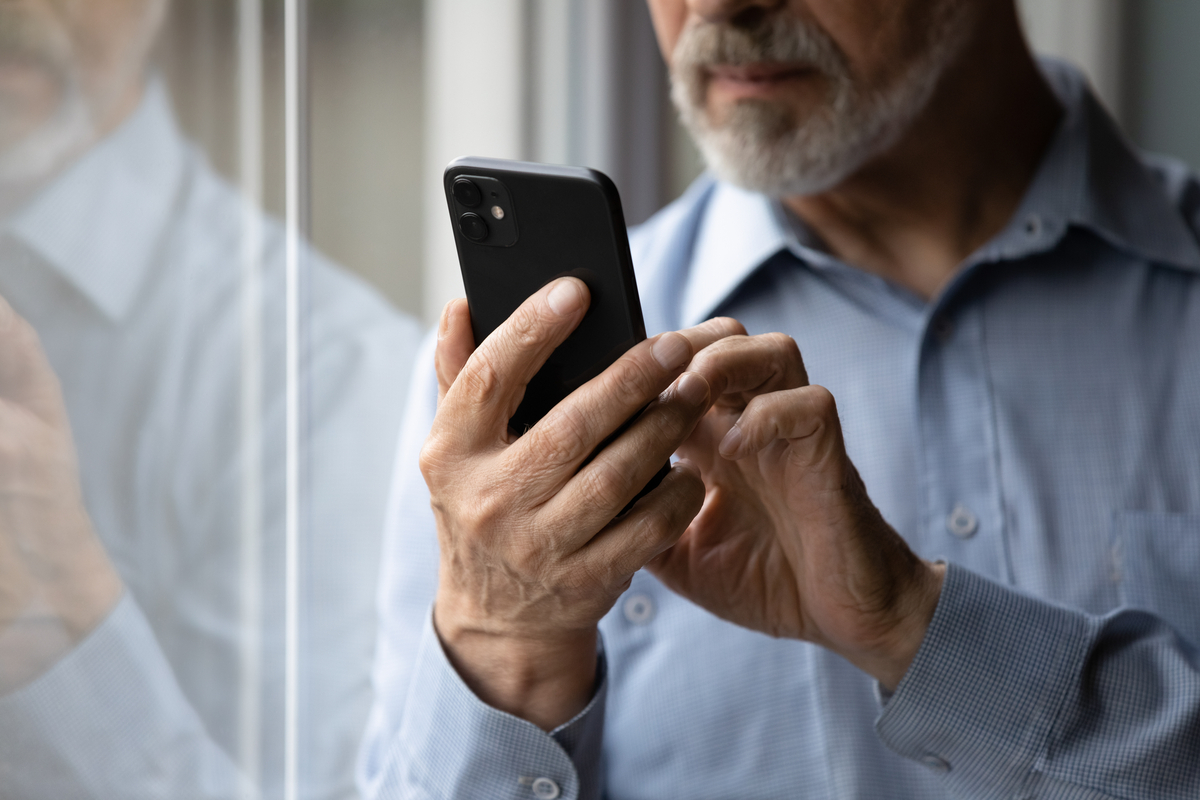A pacemaker can improve your heart’s function and treat distressing symptoms like blackouts and cardiac arrhythmia. However, there are some do’s and don’t to consider after pacemaker surgery.
Things to avoid with a pacemaker
You can live an active and fulfilling life with a pacemaker, but there are some things to avoid when you have a pacemaker. Strong magnets or power generators can cause electromagnetic interference.
- Metal detectors: Metal detectors can interfere with your pacemaker. Avoid using one unless you have checked with your cardiology team.
- Electromagnetic fields: Arc welding, power generators, close contact with car-ignition systems, diathermy and high-power radio or TV transmitters all generate strong electromagnetic fields.
If you work with any of these things, you should check with your specialist before returning to work. You can also check the Medicines and Healthcare products Regulatory Agency (MHRA) website for up-to-date information.
What can interfere with a pacemaker?
“Strong magnetic and electromagnetic fields can affect your pacemaker. The good news is that modern pacemakers have metal cases to reduce the risk of interference,” explains our consultant cardiologist and electrophysiologist, Dr Zhong Chen.
“However, you should either avoid some electronic or magnetic devices or keep them a safe distance from your pacemaker to keep it working well. If you start to feel dizzy or feel your pre-pacemaker symptoms when using any electrical equipment, you should stop using the equipment and seek advice from your pacing clinic.”
Using mobile phones and smartwatches after pacemaker surgery

Handheld electronic devices can cause magnetic interference with implanted medical devices like pacemakers. It’s safe to use mobile and cordless phones and tablets when you have a pacemaker. However, don’t place them directly on top of your pacemaker-like in a breast pocket. Try and keep them at least 15cm or six inches away at all times. The British Heart Foundation also suggests that you use the ear on the opposite side to your pacemaker to reduce the risk of interference.
Bluetooth and hands-free devices
There is no evidence that these interfere with pacemakers, but some manufacturers recommend using the device with the opposite ear to your pacemaker placement to maintain a safe distance.
Headphones
It’s safe to use headphones but keep them 3cm or 1 inch away from your pacemaker, which means not dangling them around your neck or keeping them in your breast pocket.
Household appliances and tools after pacemaker surgery
Most household tools and appliances are safe to use with a pacemaker. Appliances like hairdryers, tongs and toasters are safe but try to keep them at least five inches or 12cm from your pacemaker. Household tools like drills and cordless screwdrivers don’t cause problems as long as they’re well maintained and in good condition.
Cooking after pacemaker surgery
Induction hobs generate a strong electromagnetic field that could interfere with your pacemaker. Consider changing your hob, or make sure the stovetop is always at least 30cm (or 12 inches) from your pacemaker. Microwave ovens are safe to use.
Other electronic equipment
Electronic pain relief equipment, such as a transcutaneous electrical nerve stimulation (TENS) machine, may interfere with pacemakers and should be avoided until further consultation with your specialist.
Over-the-counter ultrasonic cleaning dental equipment, as well as electronic dental equipment used by your dentist may also interfere with your pacemaker but are generally safe when used 15cm from your pacemaker’s position. It is important to let your dentist know you have a pacemaker fitted before treatment and use any electronic dental equipment purchased for personal use correctly.
Can you drive with a pacemaker?

It’s safe to drive with a pacemaker if you are well, not suffering from dizziness or fainting spells and regularly attend check-ups. It’s essential to tell the Driver and Vehicle Licensing Agency (DVLA) and your motor insurance company that you have a pacemaker.
After pacemaker surgery, you should wait at least a week before starting to drive. You may need to wait longer before driving if you’ve had a heart attack or cardiac surgery. If you’re experiencing symptoms or are unsure about your driving safety, check with your cardiologist before getting behind the wheel. If you drive an HGV or passenger-carrying vehicle, you should wait six weeks before driving.
Find out more about driving, pacemakers and DVLA notification.
Can you exercise with a pacemaker?
“Regular exercise can improve your fitness and boost your cardiovascular health. However, it’s essential to take time to recover after pacemaker surgery,” explains Dr Chen.
“Allow between four and six weeks before reintroducing exercise and gradually build up your activity to regain fitness and function.”
It’s vital to protect your pacemaker from a collision. Talk to your cardiologist or pacemaker technician if you participate in contact sports like rugby, football, boxing or martial arts. They can advise you on safe activities and recommend shields, pads, or other ways to prevent pacemaker damage.
Can you fly with a pacemaker?
You can safely fly with a pacemaker, but you may need to take care of airport security checks. Let security know that you have a pacemaker and show them your pacemaker information card. They may manually check you or use a handheld scanner. If they’re using a scanner, tell them not to hold it over your pacemaker. Don’t worry if you are asked to go through the scanner; they shouldn’t cause any problems. Try to walk through quickly without lingering. Just keep your ID card to hand because you may set off the alarm.
Magnets after pacemaker surgery
Some bag closures, tablet cases, badges and bracelets use magnets. In theory, magnets could interfere with your pacemaker. Don’t put anything with a magnet within 15cm or six inches of your pacemaker.
Shop security systems and pacemakers
Shop security scanning systems are generally safe when you have a pacemaker. Don’t lean on the sensors; walk through quickly without lingering too long to reduce your exposure.
Will medical treatment affect my pacemaker?
You can safely undergo most medical diagnostics and treatments when you have a pacemaker. However, it’s always important to let health professionals know about your pacemaker, show them your pacemaker identification card and discuss potential risks.
- Lithotripsy, a non-invasive treatment to break down kidney stones, should be avoided if you have certain types of pacemakers, particularly if it is implanted in your abdomen. Let your doctor know about your pacemaker before treatment.
- MRI: In the past, Magnetic Resonance Imaging (MRI) was not safe for anyone with a pacemaker. However, modern pacemakers have been designed with modes that are safe during MRI scans.
- Radiotherapy: Radiation therapy for cancer treatment can potentially damage pacemakers. The risk increases with the amount of radiation. Talk to your doctor as they may be able to shield your device to reduce radiation exposure.
Pros and cons of a pacemaker
All surgical procedures come with pros and cons. By balancing out the advantages and disadvantages, you can decide whether pacemaker surgery is right for you. Your cardiologist will work to minimise the risks of pacemaker surgery and protect your health.
Pacemaker pros
- Improve function and efficiency: A pacemaker can speed up slow heartbeats and improve the efficiency and function of your heart.
- Improvement in symptoms: Pacemakers can treat heart rhythm problems, dizziness and blackouts. Cardiac resynchronisation therapy (CRT), an innovative pacemaker, can treat the breathlessness, weakness and tiredness of heart failure.
- Better quality of life: Without debilitating symptoms, people with pacemakers can live fuller, more active and satisfying lives.
- Life-saving: A pacemaker can prolong life for people with heart failure or cardiac arrhythmia problems.
Pacemaker risks
The risk of complications with pacemaker surgery is relatively low. Around one in 100 people may have problems after implantation with a standard pacemaker.
- Blood clots: You could develop thrombosis in one of the veins in your arm on the side of the pacemaker. This can cause pain and swelling and may need treatment to thin the blood with anticoagulant medication.
- Infection: Pacemaker infection causes fever, swelling and redness around the pacemaker site. Your doctor will give you antibiotics to prevent infection. Pacemaker infection can be serious, spreading to the lungs, heart or blood. Contact your cardiology team, GP or NHS 111. Treatment is with antibiotics and an operation to remove, then replace, your pacemaker.
- Collapsed lung: Sometimes, the pacemaker wires can cause an air leak in the lungs known as a pneumothorax. These are usually small and settle without treatment, but bigger ones may need draining with a needle or chest drain.
- Pacemaker problems: Uncommonly, a pacemaker can malfunction. If it does, you may notice hiccups, fainting or dizziness. Seek urgent medical advice if you’re worried about pacemaker failure.
- Twiddler’s syndrome: Some people nervously touch and move their pacemaker under the skin, often without realising. Twiddling can pull the pacemaker out of position.
Related content
-
Pacemakers and implantable defibrillators (ICDs)
Pacemakers and ICDs are different types of implanted electronic devices that are capable of regulating heart rhythm disturbances.
-
Cardiac arrhythmia (abnormal heart rhythm)
Cardiac arrhythmia is an abnormal heart rhythm, where the heart’s normal rhythm is disrupted.

